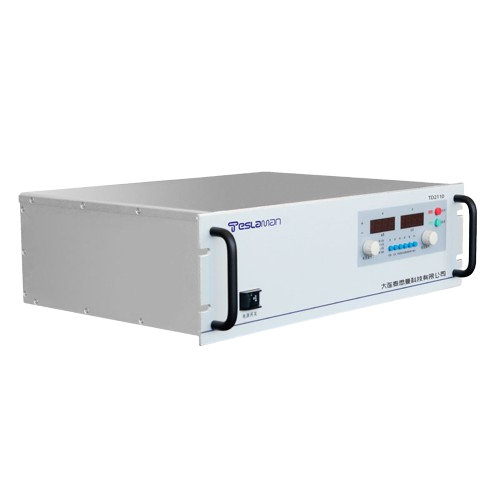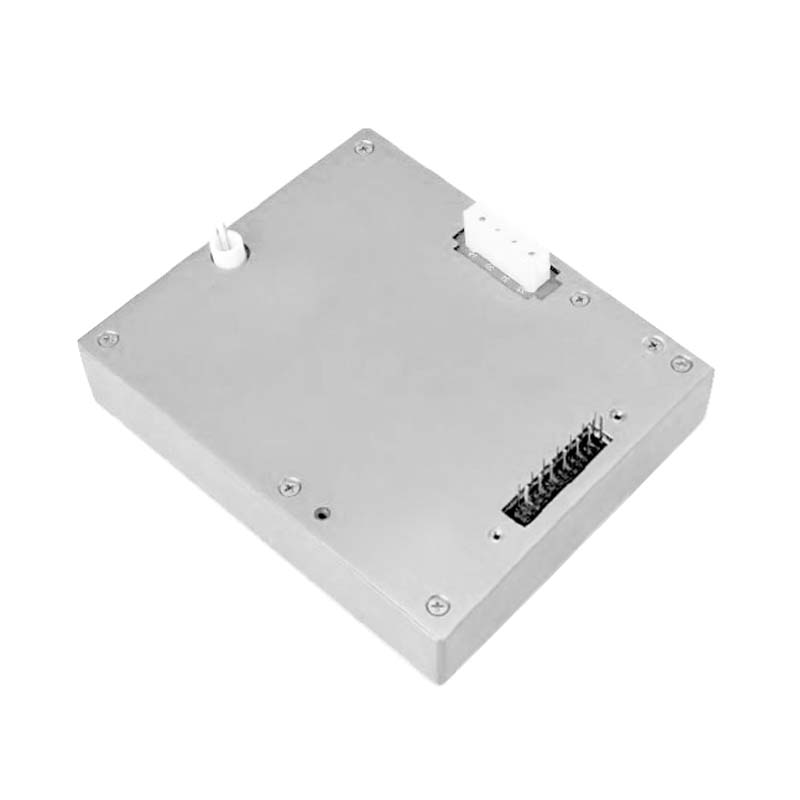Research on the Application of High-Voltage Power Supplies in Precision Laser Processing
In the field of precision laser processing, processes such as micro-nano structure manufacturing, semiconductor chip cutting, and precision welding place extremely high demands on the precise control of laser energy. As the core energy supply unit of lasers, the performance of high-voltage power supplies directly determines the stability of the laser beam, peak power, and pulse characteristics, thereby affecting processing accuracy and efficiency. This article focuses on the key technologies and application values of high-voltage power supplies in precision laser processing.
1. Technical Requirements of Precision Laser Processing for High-Voltage Power Supplies
Precision laser processing requires material processing at the micro or even nanoscale, demanding a high degree of stability and accuracy in laser energy output. Firstly, the voltage ripple needs to be controlled at an extremely low level (< 0.05%) to avoid processing size deviations caused by energy fluctuations. Secondly, high-voltage power supplies must have ultra-fast response speeds, with pulse rise times reaching the sub-microsecond level (< 0.5μs) to ensure steep leading edges of laser pulses and achieve instant high-energy density output. Furthermore, to meet the requirements of complex processing paths, power supplies need to support multi-mode output, flexibly switching between continuous wave, pulsed wave, and other working modes, and enabling precise adjustment of pulse frequency (1kHz 1MHz) and pulse width (10ns 1ms).
2. Core Technologies of High-Voltage Power Supplies in Precision Laser Processing
1. High-Precision Voltage Regulation Technology
The combination of digital closed-loop control and high-frequency pulse width modulation (PWM) technology is employed. By continuously monitoring the output voltage and comparing it with the set value, the conduction time of power devices is rapidly adjusted to achieve stable voltage output. The introduction of an adaptive PID control algorithm can automatically optimize control parameters according to load changes, stabilizing the output voltage fluctuation range within ±0.1%, meeting the stringent requirements of precision processing for energy stability.
2. Low-Noise Design
Precision laser processing is highly susceptible to electromagnetic interference, so high-voltage power supplies require comprehensive low-noise design. At the hardware level, fully shielded metal enclosures and multi-layer electromagnetic shielding structures are used, combined with π-type LC filter networks to effectively suppress high-frequency noise. At the software level, control algorithms are optimized to reduce high-frequency oscillations of switching devices, reducing the equivalent input noise voltage density to below 5μV/√Hz, ensuring the precision and surface quality of laser processing.
3. Intelligent Control and Monitoring
Embedded control systems are integrated to achieve intelligent management of high-voltage power supplies. By presetting processing parameters, the power supply can automatically match the optimal output mode and parameter combination. Built-in sensors continuously monitor key parameters such as voltage, current, and temperature. In case of any abnormalities, a protection mechanism is immediately triggered, and data is transmitted to the processing control system via communication interfaces, enabling operators to adjust process parameters in a timely manner and ensuring the safety and reliability of the processing process.
3. Applications of High-Voltage Power Supplies in Typical Precision Processing Scenarios
In the semiconductor chip cutting process, high-voltage power supplies provide stable high-voltage drive for ultraviolet lasers. With their high-precision energy control capabilities, they can achieve a chip cutting edge roughness < 1μm and chipping size < 5μm, significantly increasing the yield rate of chip manufacturing. In the field of precision welding, to meet the welding requirements of tiny electronic components, high-voltage power supplies support nanosecond-level short-pulse output, precisely controlling the heat input during welding, avoiding device failure due to thermal deformation, and ensuring that the solder joint diameter error is < ±5μm.
As precision laser processing advances towards ultra-fine and high-efficiency directions, high-voltage power supply technology will continue to innovate. In the future, new high-voltage power supplies integrating wide-bandgap semiconductor devices and digital twin technology will further enhance energy conversion efficiency and control accuracy, providing strong support for breakthroughs in precision laser processing technology.




















